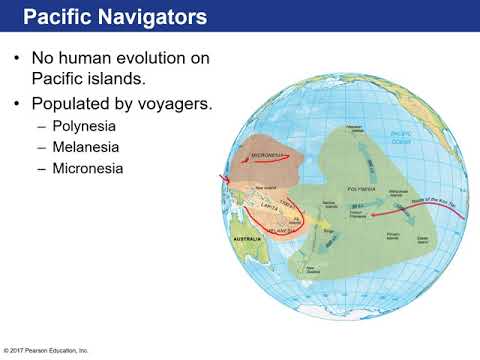Description:
Dive into a comprehensive oceanography lecture covering the vastness of Earth's oceans, their historical significance, and scientific exploration. Explore the ocean's size, depth, and comparison to continents, tracing the evolution of maritime navigation from ancient civilizations to European voyages of discovery. Examine the nature of scientific inquiry, the scientific method, and Earth's formation, including its internal structure and the origin of oceans. Investigate the development of life in the oceans, from the emergence of oxygen to the evolution of plants and animals. Access additional resources from reputable organizations such as NOAA, NASA, and the National Geophysical Data Center to further enhance your understanding of oceanography and marine ecosystems.

Introduction to Oceanography
Add to list